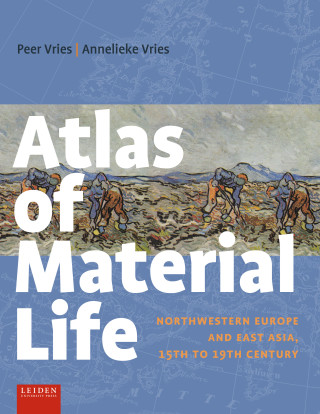This handbook offers an exposition of the contemporary status of Japan’s environmental law, policy, and politics. The compass of ecological quandaries explored within this tome is expansive, encompassing issues pertinent to both natural and synthetic ecosystems, natural resources, and inorganic materials. Each chapter’s temporal framework corresponds to the postwar period, following the enactment of environmental statutes and the initiation of administrative institutionalization, situated approximately in the early 1970s. The central inquiry addressed in this compendium pertains to the extent to which prevailing environmental statutes and policies have contributed to the enhancement or conservation of Japan’s natural and synthetic ecosystems, as well as the resilience of its natural resources.
The authors within this volume undertake an analysis to discern the causal factors behind the quandaries by ascribing them to the existence or absence of enforceable regulations, public involvement in policy formulation processes, bureaucratic fragmentation, pioneering regulatory measures, institutional obstacles, regulatory co-optation, rational cost-effective methodologies, scientific understanding, scientific communities, ecological commerce, environmental non-governmental organizations (NGOs), and holistic ecological plans and programs. Moreover, pertinent sections raise an inquiry concerning Japan’s ecological diplomacy, inquiring whether Japan serves as a leader, bystander, or obstructionist.

